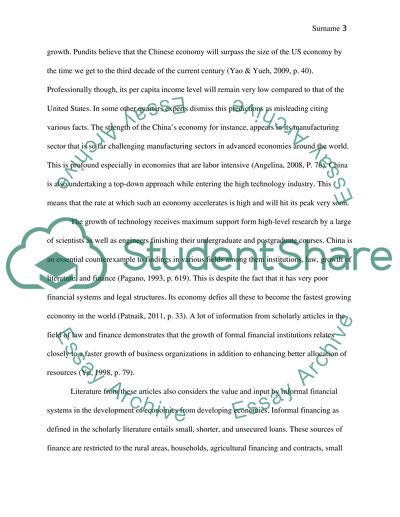Cite this document
(“Formal versus Informal Finance Essay Example | Topics and Well Written Essays - 1250 words”, n.d.)
Formal versus Informal Finance Essay Example | Topics and Well Written Essays - 1250 words. Retrieved from https://studentshare.org/macro-microeconomics/1490208-formal-versus-informal-finance
Formal versus Informal Finance Essay Example | Topics and Well Written Essays - 1250 words. Retrieved from https://studentshare.org/macro-microeconomics/1490208-formal-versus-informal-finance
(Formal Versus Informal Finance Essay Example | Topics and Well Written Essays - 1250 Words)
Formal Versus Informal Finance Essay Example | Topics and Well Written Essays - 1250 Words. https://studentshare.org/macro-microeconomics/1490208-formal-versus-informal-finance.
Formal Versus Informal Finance Essay Example | Topics and Well Written Essays - 1250 Words. https://studentshare.org/macro-microeconomics/1490208-formal-versus-informal-finance.
“Formal Versus Informal Finance Essay Example | Topics and Well Written Essays - 1250 Words”, n.d. https://studentshare.org/macro-microeconomics/1490208-formal-versus-informal-finance.


